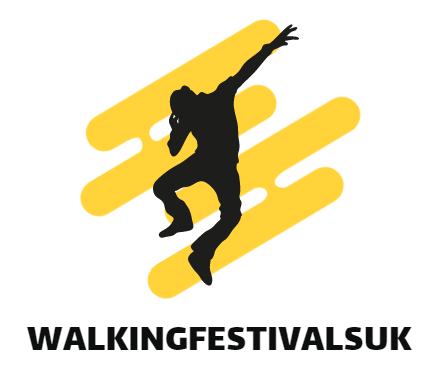Welcoming a furry friend into your life brings joy and companionship, but it also comes with the responsibility of keeping them healthy and happy. One key aspect of canine well-being is regular exercise. If you're a beginner, navigating the world of canine fitness may seem a bit overwhelming. Fret not! This guide is here to help you embark on an enjoyable journey of exercising with your energetic pup.
Understanding Your Pup's Exercise Needs
Every dog, just like every person, has unique exercise requirements. The age, breed, and overall health of your pup will influence the type and amount of exercise they need. Consult with your veterinarian to determine the ideal exercise routine for your specific furry friend.
Tailoring Exercises to Your Pup's Energy Levels
- Morning Walks: Start your day with a brisk morning walk. This routine not only provides exercise but also sets a positive tone for the day.
- Interactive Play: Engage in interactive play sessions. Whether it's fetch, tug-of-war, or hide-and-seek, interactive play strengthens the bond between you and your pup.
- Canine Sports: Explore canine sports like agility, obedience, or even simple obstacle courses in your backyard. These activities stimulate both mind and body.
Choosing Suitable Outdoor Activities
- Hiking Adventures: If your pup enjoys the great outdoors, consider hiking trails suitable for dogs. Keep them on a leash and pack essentials like water and snacks.
- Dog-Friendly Parks: Visit dog-friendly parks where your pup can socialize with other dogs. Ensure they respond well to basic commands for a safe experience.
- Water Play: Many dogs love water. If your pup is one of them, consider activities like swimming or playing by a dog-friendly beach or lake.
- Bikejoring Adventure: For a unique and exhilarating experience, explore the world of bikejoring with your pup. Bikejoring involves your dog pulling you on a specially designed dog harness while you ride a bike. It's a fantastic way to provide both mental and physical stimulation for high-energy breeds. Before starting, ensure your dog is comfortable with the equipment and commands, and always prioritize safety with appropriate gear.
This edition introduces the exciting activity of bikejoring, offering a dynamic and engaging outdoor option for both you and your energetic pup. If you have any more adjustments or requests, feel free to let me know!
Safety First: Tips for a Safe Exercise Routine
- Proper Warm-up: Just like humans, dogs benefit from a proper warm-up. Begin with a few minutes of walking before engaging in more strenuous activities.
- Hydration is Key: Always carry water for both you and your pup, especially during warmer weather. Staying hydrated is crucial for a safe and enjoyable exercise session.
- Regular Vet Check-ups: Ensure your pup is in good health for physical activities. Regular veterinary check-ups help catch and address potential health issues early on.
Summary
Exercising with your energetic pup can be a delightful experience when approached with enthusiasm and care. Tailor activities to your pup's energy levels, choose suitable outdoor adventures, prioritize safety, and enjoy the benefits of a healthier, happier canine companion.
FAQs about Exercising with Your Energetic Pup
Q1: How much exercise does a dog need daily?
The amount of exercise varies by breed and age. Generally, dogs need at least 30 minutes to 2 hours of exercise per day.
Q2: Can I start a new exercise routine for my older dog?
Yes, but start gradually and tailor the routine to your dog's current health condition. Consult your vet for guidance.
Q3: Are there indoor exercises for days with bad weather?
Absolutely! Indoor activities like puzzle toys, indoor fetch, and obedience training provide mental and physical stimulation.
Q4: What signs indicate my pup is getting tired during exercise?
Watch for excessive panting, lagging behind, or reluctance to continue. If you notice these signs, give your pup a break and ensure they're hydrated.
Q5: Can I use a regular leash for outdoor activities?
Consider using a longer leash or a retractable one for outdoor activities to give your pup more freedom while maintaining control.


